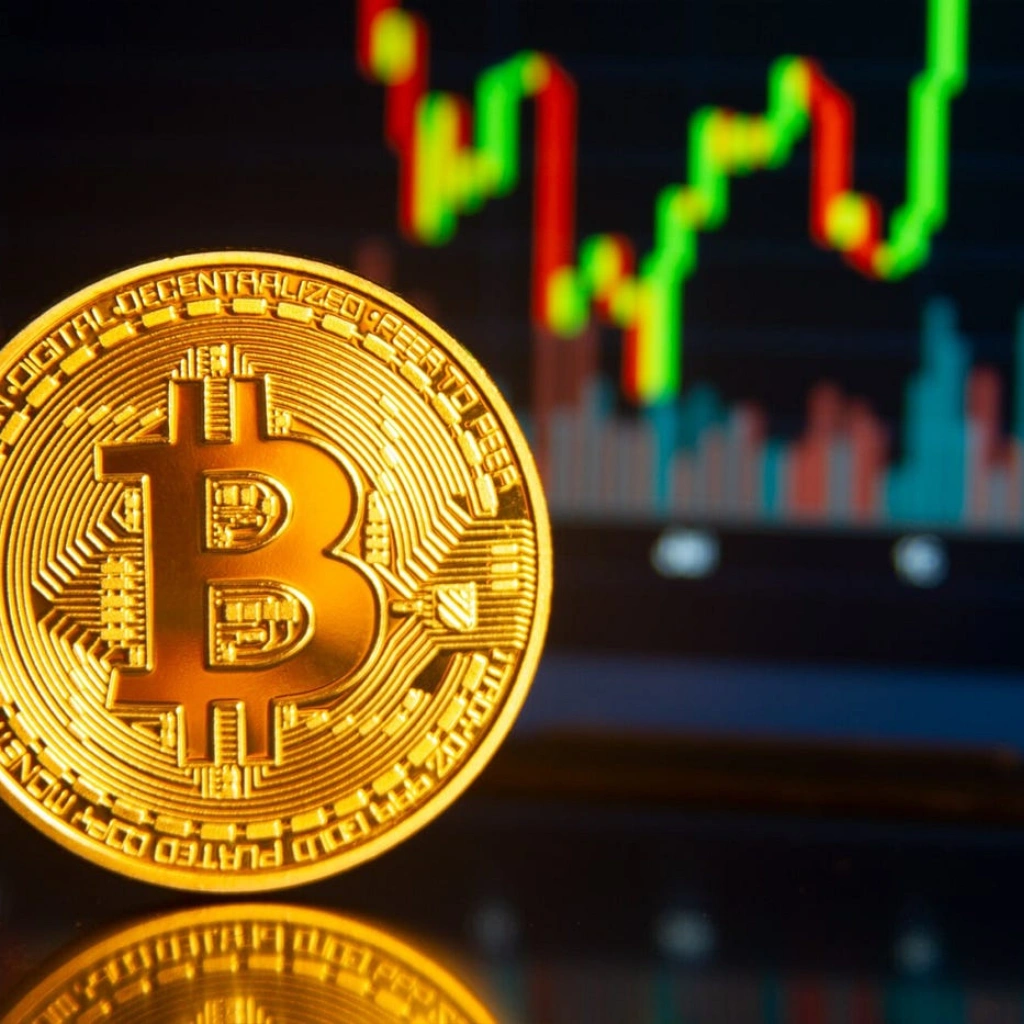Why use USDT? It’s a common question, especially as stablecoins find themselves in the legal crosshairs of regulators worldwide. As one of the most-used digital assets pegged to the U.S. dollar, USDT has been a go-to for crypto traders. But for regulators and compliance officers? It’s not always a clear-cut case.
Let’s dig into the compliance considerations, legal ambiguity, and oversight challenges surrounding this widely adopted token.
Lack of Full Regulatory Clarity Surrounding USDT
While USDT is issued by Tether Limited, which claims full dollar backing, the coin itself operates in a semi-shadowy zone when it comes to regulatory clarity. Tether has repeatedly stated its reserves are robust, but regulators in multiple jurisdictions—most notably in the U.S.—have raised questions over the years.
A 2021 settlement with the New York Attorney General’s office required Tether to improve transparency after allegations it misrepresented its reserves. Since then, the company has published assurance reports, but some still argue those aren’t full-blown audits. That lingering skepticism? It hasn’t entirely gone away.
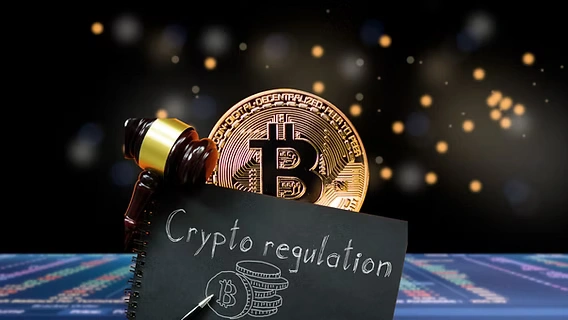
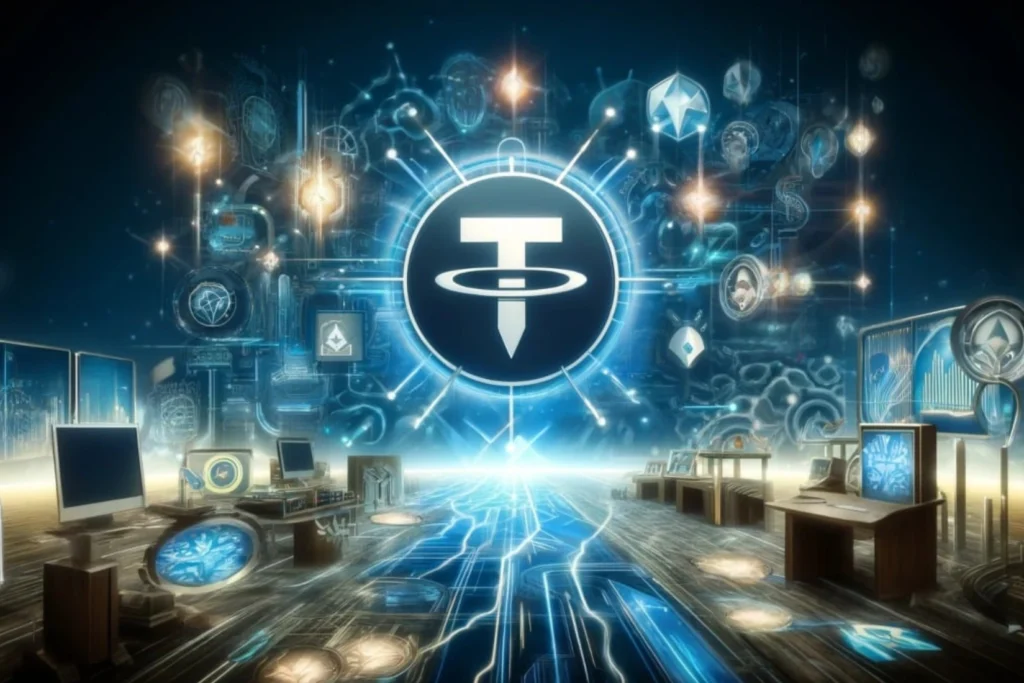
Why Use USDT If Legal Risk Exists?
That’s a fair question. Some say it’s the liquidity—USDT remains the most traded stablecoin globally. For platforms without access to traditional banking, Tether has become a bridge to U.S. dollar exposure without needing a U.S. bank account.
Others point to the fact that it’s been around for years—surviving scrutiny and market crashes—suggesting a degree of resilience. Still, if regulators decide to tighten stablecoin laws (which is very likely), USDT could face more scrutiny or limitations.
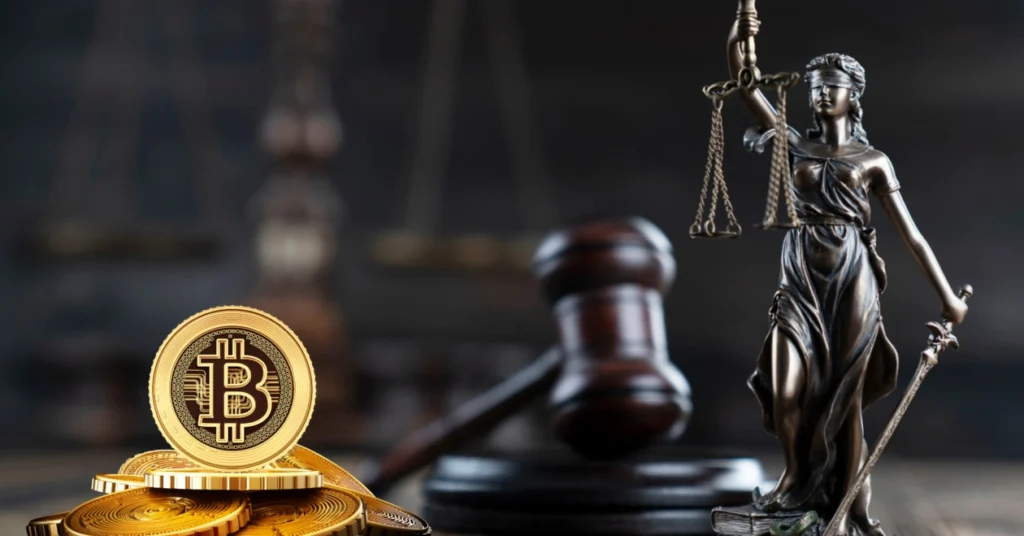
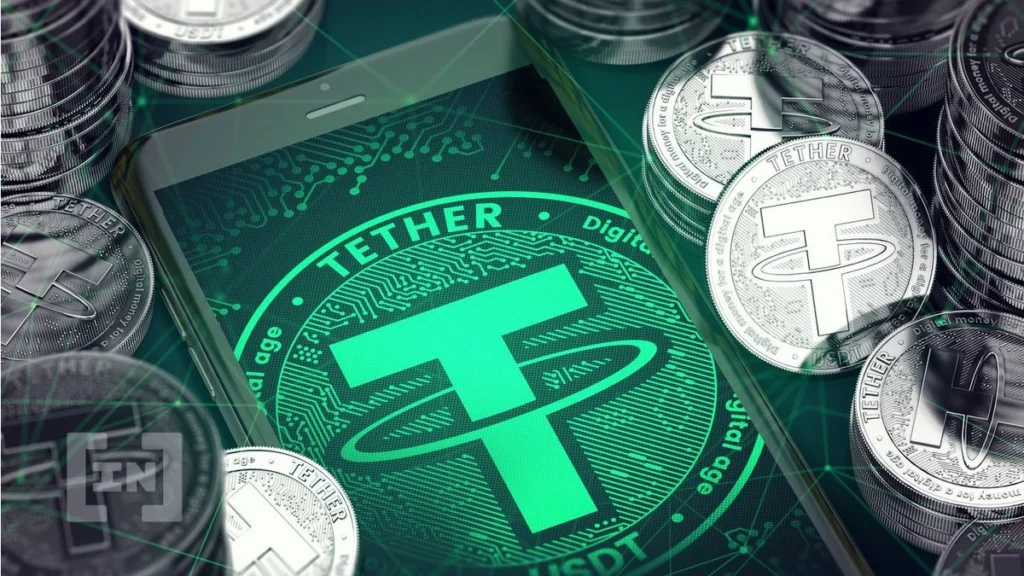
In fact, recent proposals from U.S. lawmakers and EU regulators aim to set stricter standards on reserve disclosure, licensing, and risk mitigation. Whether Tether’s model fits those molds… well, that remains to be seen.
International Jurisdiction and Oversight Gaps
Unlike USDC (which is issued by Circle, a U.S.-based and more regulated firm), Tether operates under various jurisdictions, including Hong Kong and the British Virgin Islands. That multi-layered setup can make enforcement tricky.
Some view this as regulatory arbitrage—operating wherever scrutiny is weakest. That’s not illegal per se, but it does raise questions about accountability. If anything goes wrong, who’s truly responsible? Who do you sue? These are valid concerns, especially for institutional users.
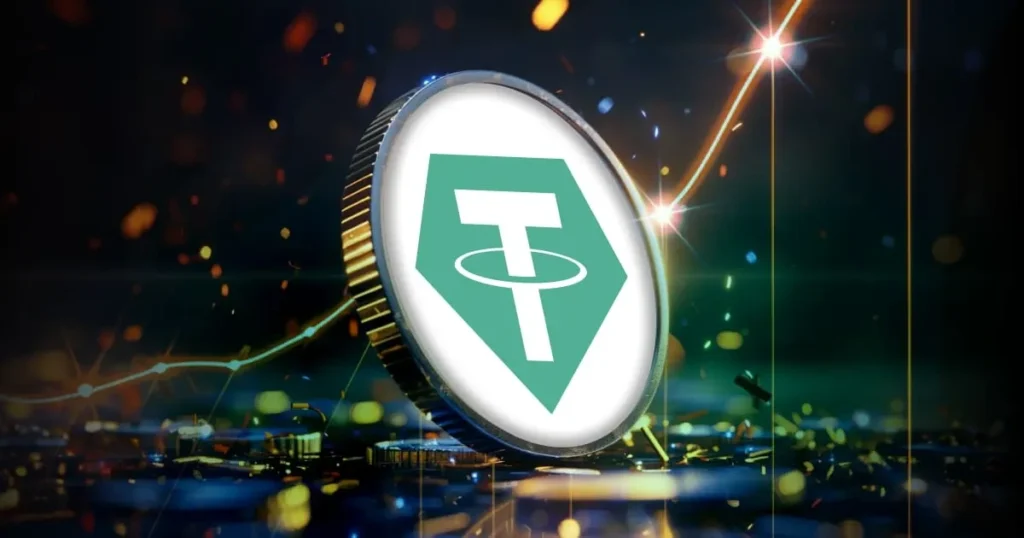
Tether’s Response and Recent Transparency Push
To its credit, Tether has taken steps to calm critics. It’s reduced its exposure to commercial paper (after backlash), increased holdings in U.S. Treasury Bills, and started posting reserve updates regularly. Is that enough?
Maybe. Maybe not. Some analysts argue it’s still not the gold standard of financial disclosure. Others say it’s more transparent than some national banks. The point is—there’s progress, but no full regulatory thumbs-up… yet.

Why Use USDT: Final Thoughts with Legal Caution
So, why use USDT? The honest answer is: it depends on your risk appetite. For retail users, it offers unmatched liquidity and availability. For institutions or those in tightly regulated environments, it may raise red flags.
In a landscape where crypto regulation is still evolving, USDT remains in a legal gray area. It’s not illegal—but it’s not exactly squeaky clean either. If compliance, transparency, and regulatory peace of mind are top of your list, alternatives like USDC might feel safer.
Still, many choose to use USDT precisely because it sits outside of strict regulatory control—for better or worse.
Relevant news: Why Use USDT? A Beginner’s Guide to Understanding Stablecoins


